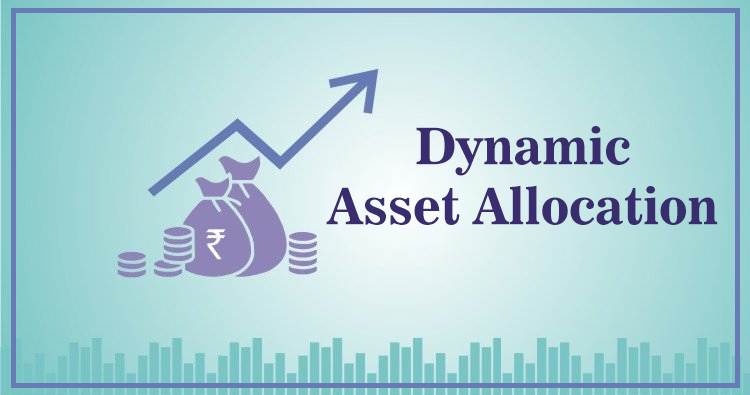- +91 9825156357
-

Everything you need to Know about Dynamic Asset Allocation Funds
In the past few months,market performance has been volatile. Proper asset allocation is one of the best ways to navigate market uncertainty. Asset allocation is the process where investors invest indifferent assets like equity and debt as per their risk taking capacity and goals.
Equity and debt allocation in a portfolio serve two different purposes. Equity investments have the potential to generate reasonable returns that help in wealth building. Debt investments aim to protect the capital.
However, for an individual investor like you or me, changing our asset allocation as per the market conditions may be confusing. Dynamic Asset Allocation funds or Balanced Advantage Fund can help us do that and reduce the risks associated with our portfolio.
What is Dynamic Asset Allocation Fund?
Dynamic Asset Allocation Fund or Balanced Advantage Fund is a type of hybrid mutual fund where fund managers invest in equity and debt assets and manage it dynamically as per the market conditions. Fund managers increase or decrease their allocation to equities/debt based on their market view.
How does Dynamic Asset Allocation fund works?
Past data have shown that different asset classes have low correlation to each other. So, debt and equity will outperform each other under different market conditions. These funds aim to harness the higher performance of equity and debt at different periods of time.
The fund managers will decide the mix of equity-debt based on various factors. These factors may differ among fund houses. Interest rate cycle, equity valuations, medium to long-term outlook of the asset class are some of the few aspects that fund managers can consider.
So when the valuations of equity markets are low, fund managers may increase their equity allocation in the portfolio and vice versa.
Asset Allocation of Dynamic Asset Allocation
The market regulator SEBI has kept no investment range for investment in equity and debt assets. So, fund managers can take investment calls based on their research and outlook. However, all funds will have a prescribed asset allocation. The investment range of different funds will lie within those limits.
E.g., the prescribed asset allocation of DSP Dynamic Asset Allocation Fund is as below:
On the other hand, here is the prescribed asset allocation of SBI Dynamic Asset Allocation Fund:
|
Instruments |
Minimum |
Maximum |
|
Equity & Equity related instruments including foreign securities and derivatives |
0 |
100% |
|
Debt instruments (including Central and State Government securities, debt derivatives) & Money Market Instruments (including TRIPARTY REPO, Reverse Repo and equivalent) |
0% |
100% |
So, the asset allocation pattern of different funds will vary. Hence, it is important for investors to check the asset allocation pattern before investing.
Who can invest in dynamic asset allocation funds?
These funds can be a good investment option for newbie risk-averse investors who want long-term capital appreciation from equity with less volatility.
Also, investors who are looking to invest in equity and debt as per the market conditions can also invest in these funds.
Things to keep in mind before investing
Conclusion:
Dynamic Asset Allocation Funds are hybrid funds. Fund managers take investment decisions based on market situations, outlook, etc. As these funds invest in equity and debt, it has the potential to provide long-term capital appreciation with reasonable risk.Please consult us to know more.
This blog is purely for educational purpose and not to be treated as an personal advice. Mutual fund investments are subject to market risks, Read all scheme related documents carefully.
Tags :
+91 9825156357
"PCUBE HOUSE"
Near Palanpur - Ahmedabad Flyover,
Behind Mangalmurti Mart,
Palanpur - 385001
Copyright © NBB Investment. All rights reserved.